The car industry is a weird and wonderful beast. Some cars are like the star quarterback. They storm the market, grab the headlines, and cruise to eternal fame. Others, well… they’re more like that kid who ate paste in school. They don’t exactly succeed on the main stage, but you realize they were on to something years later. Here are 7 revolutionary cars that may have tanked in showrooms but forever altered the automotive landscape.
Tucker 48
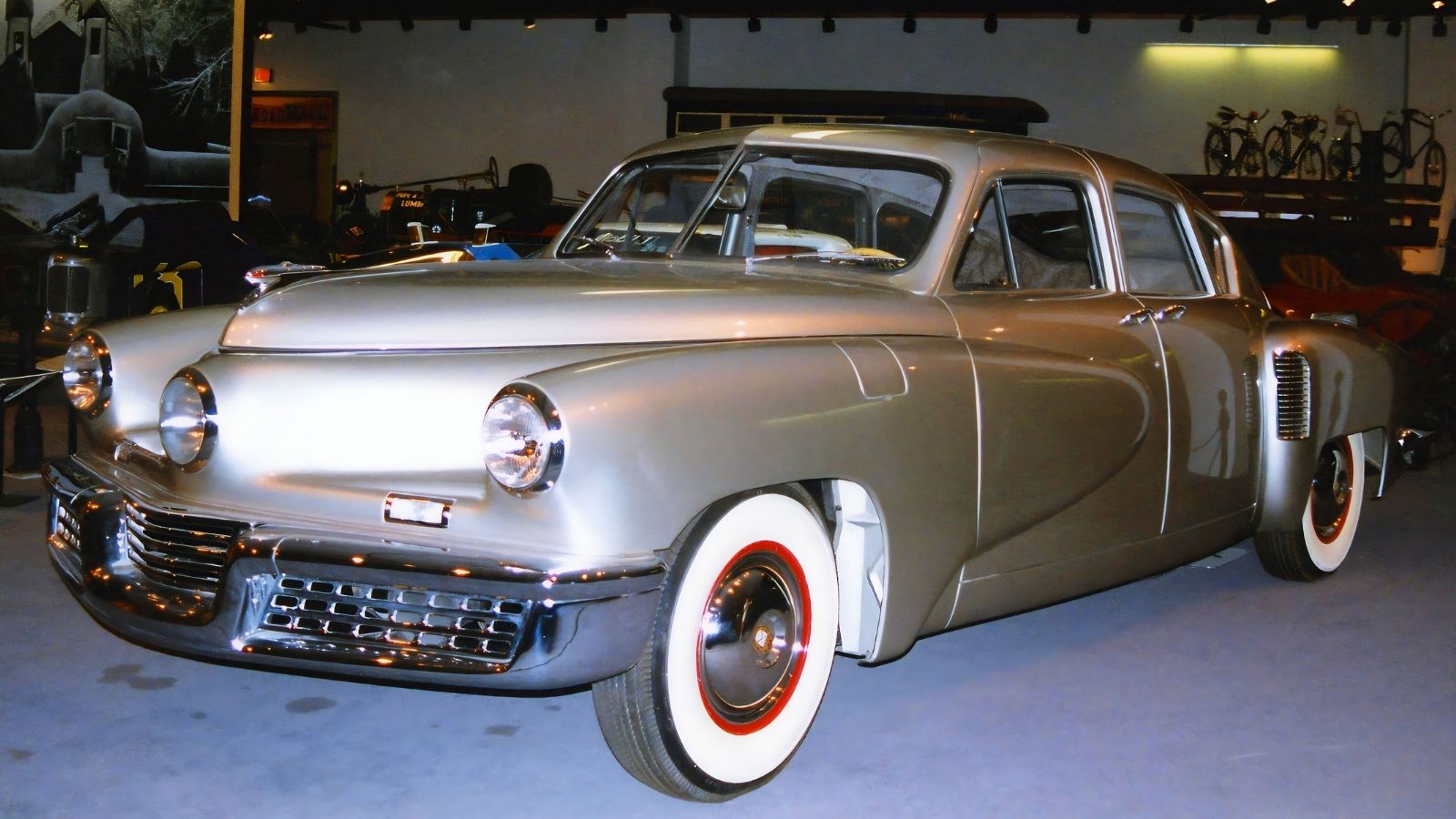
If you ever want a lesson in how to dream big and fall spectacularly short, look at the Tucker 48. Preston Tucker’s brainchild, this car looked like it was yanked straight from the future. Launched in 1948, it had safety features that some cars didn’t even dream about until decades later: A perimeter frame for crash protection, a pop-out windshield, and a center-mounted headlight that swiveled with the steering wheel. They even called it the “Torpedo” because of its sleek, curvaceous design. But Tucker’s dream hit the rocks when the big dogs of the auto world—GM, Ford, and Chrysler—saw his upstart company as a threat. And boy, did they stomp on him. Accusations of fraud (never proven) brought Tucker’s dream to an early demise. Only 51 Tucker 48s were made, and the company folded soon after. However, its influence lived on: many of the Tucker 48’s innovations, especially in safety and design, set the standard for future car development. Today, the Tucker 48 is a collector’s gem, and Preston Tucker’s “failure” symbolizes innovation ahead of its time.
DeLorean DMC-12
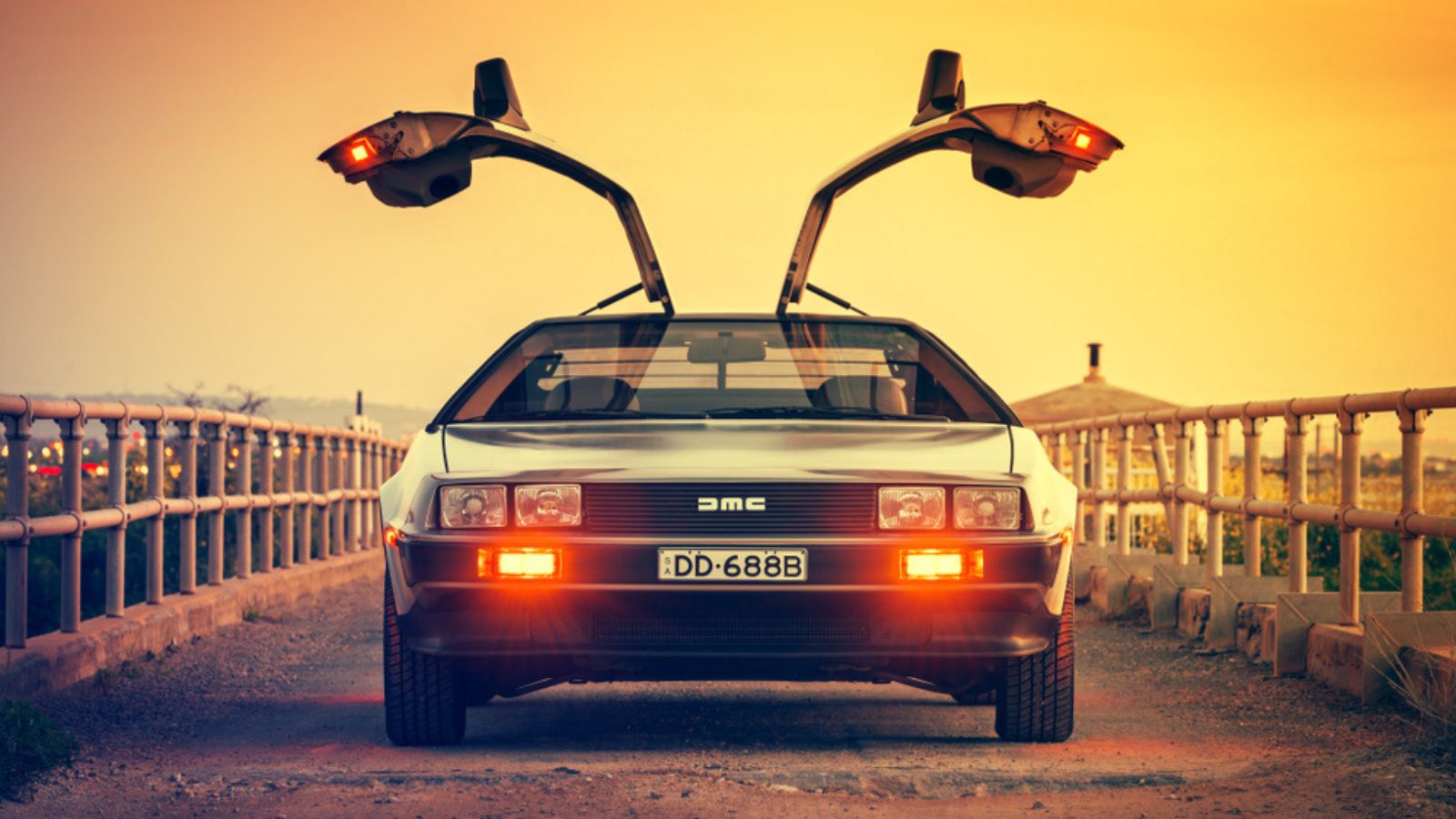
The DeLorean DMC-12 is a perfect example of a flopped car that somehow ended up on everyone’s wish list—thanks mainly to a little film you might have heard of: Back to the Future. In the real world, though, this stainless-steel, gull-winged beauty was a massive disappointment. Designed by the legendary Giorgetto Giugiaro and launched in 1981 by John DeLorean, the DMC-12 looked like something that escaped a sci-fi movie. Unfortunately, it handled like it, too. The underpowered 130-hp V6 engine felt like you were pushing a brick through a sea of molasses, and the car’s price tag wasn’t exactly wallet-friendly. Couple that with DeLorean’s legal troubles (hint: there was an alleged drug trafficking case that didn’t help sales), and the company was kaput by 1982. But here’s the kicker: DeLorean’s stainless-steel body and distinctive design inspired future vehicle aesthetics and became an icon of the 1980s.
NSU Ro80
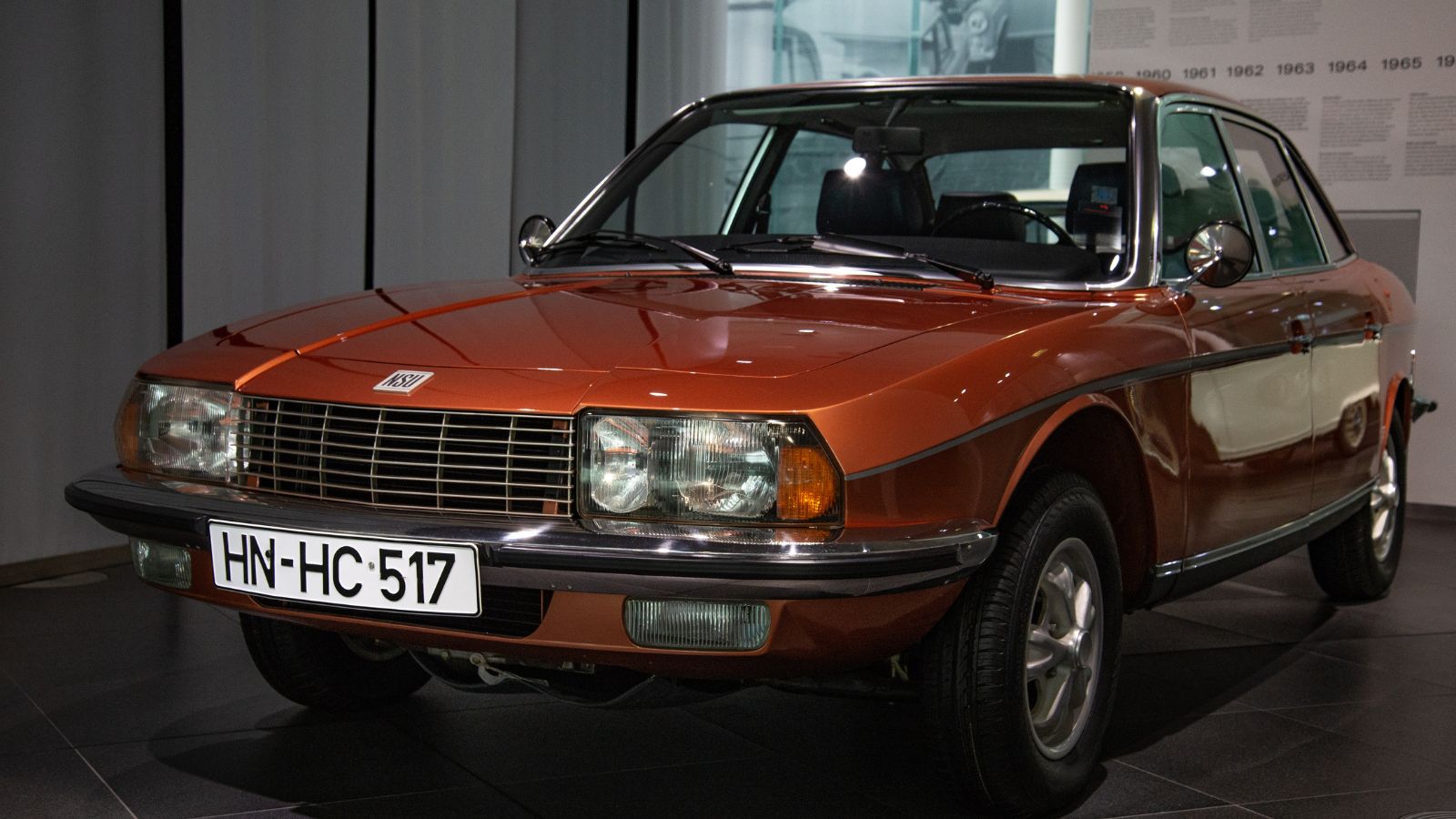
The NSU Ro80 was the kind of car you’d expect James Bond to drive if he wanted to geek out about engineering while on a mission. Introduced in 1967, the Ro80 was a technological marvel. It featured a rotary engine (a Wankel engine, to be precise), which was light, compact, and could rev higher than conventional piston engines. Paired with front-wheel drive and a sleek, aerodynamic body, the Ro80 handled like a dream and won the prestigious European Car of the Year award in 1968. So, where did it go wrong? The rotary engine tended to blow itself up. Early models of the Ro80 experienced engine failure after just 30,000 miles, and NSU had to replace so many engines under warranty that the company eventually went bankrupt. But like a phoenix from the ashes, the Ro80’s innovative design and technology influenced future carmakers, including Mazda, which perfected the rotary engine concept in its RX series. The Ro80’s ahead-of-its-time engineering also helped shape future sedan designs, focusing on aerodynamics and cutting-edge technology.
Chevrolet Corvair
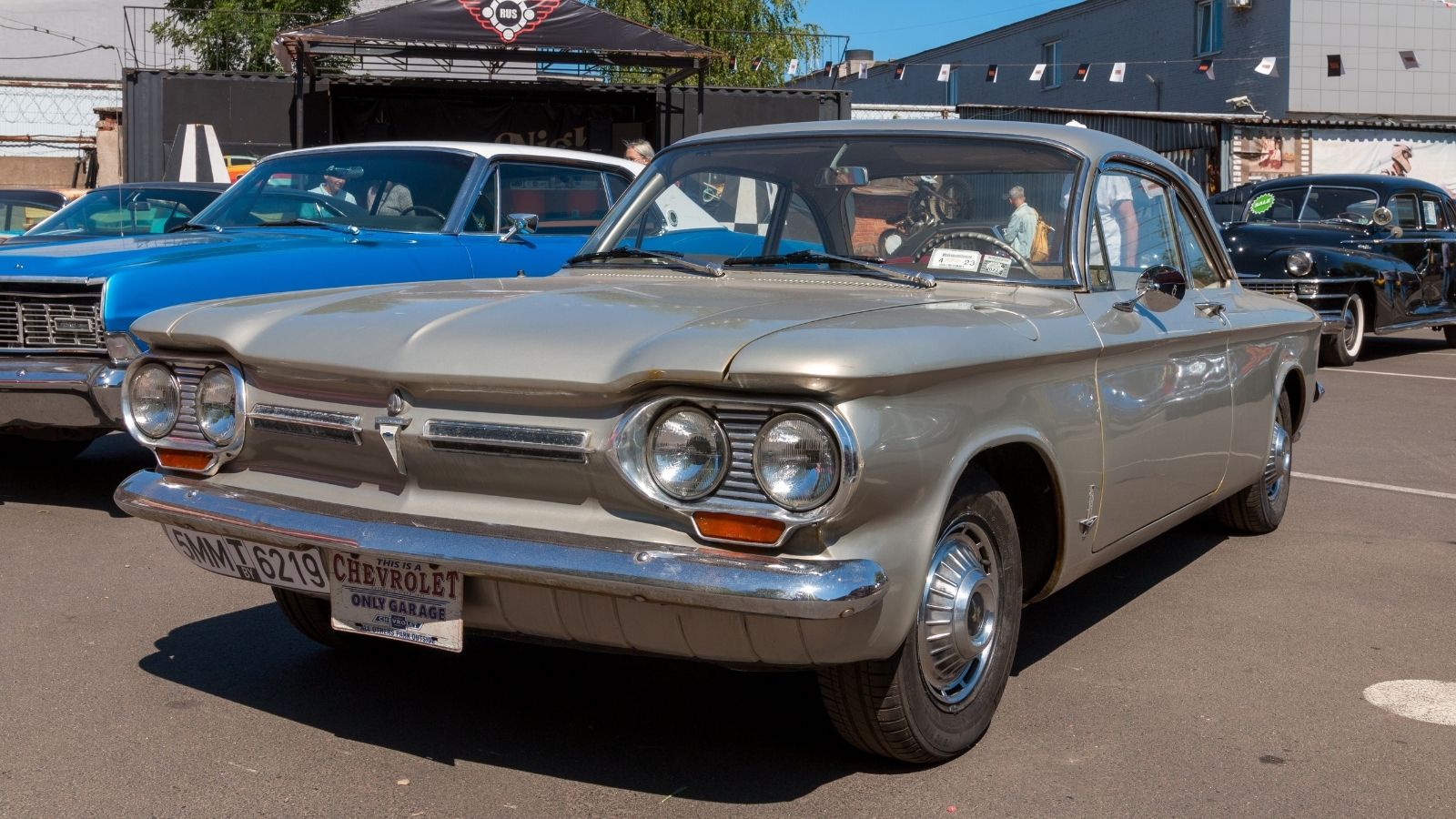
It’s impossible to talk about the Chevrolet Corvair without mentioning Ralph Nader, who called it “unsafe at any speed” in his 1965 book. The Corvair, introduced in 1960, was a rear-engine, air-cooled car that didn’t look like anything else on American roads. It was GM’s answer to the Volkswagen Beetle. With its sleek design, independent suspension, and innovative engineering, the Corvair was a breath of fresh air in a market dominated by big, heavy-land yachts. The problem was that the Corvair’s rear suspension had a nasty habit of causing the car to roll over, leading to a wave of lawsuits and negative press. Nader’s book was the final nail in the coffin. GM tried to fix Corvair’s problems in later models, but the damage was done. By 1969, the Corvair was dead. Still, the Corvair was a trailblazer in many ways. It was one of the first American cars to embrace the concept of compact, efficient design with a focus on performance and handling. Its influence can be seen in cars that followed, particularly in small, sporty cars. The safety concerns it raised also led to new safety regulations, shaping the future of automotive design and testing.
Citroën DS
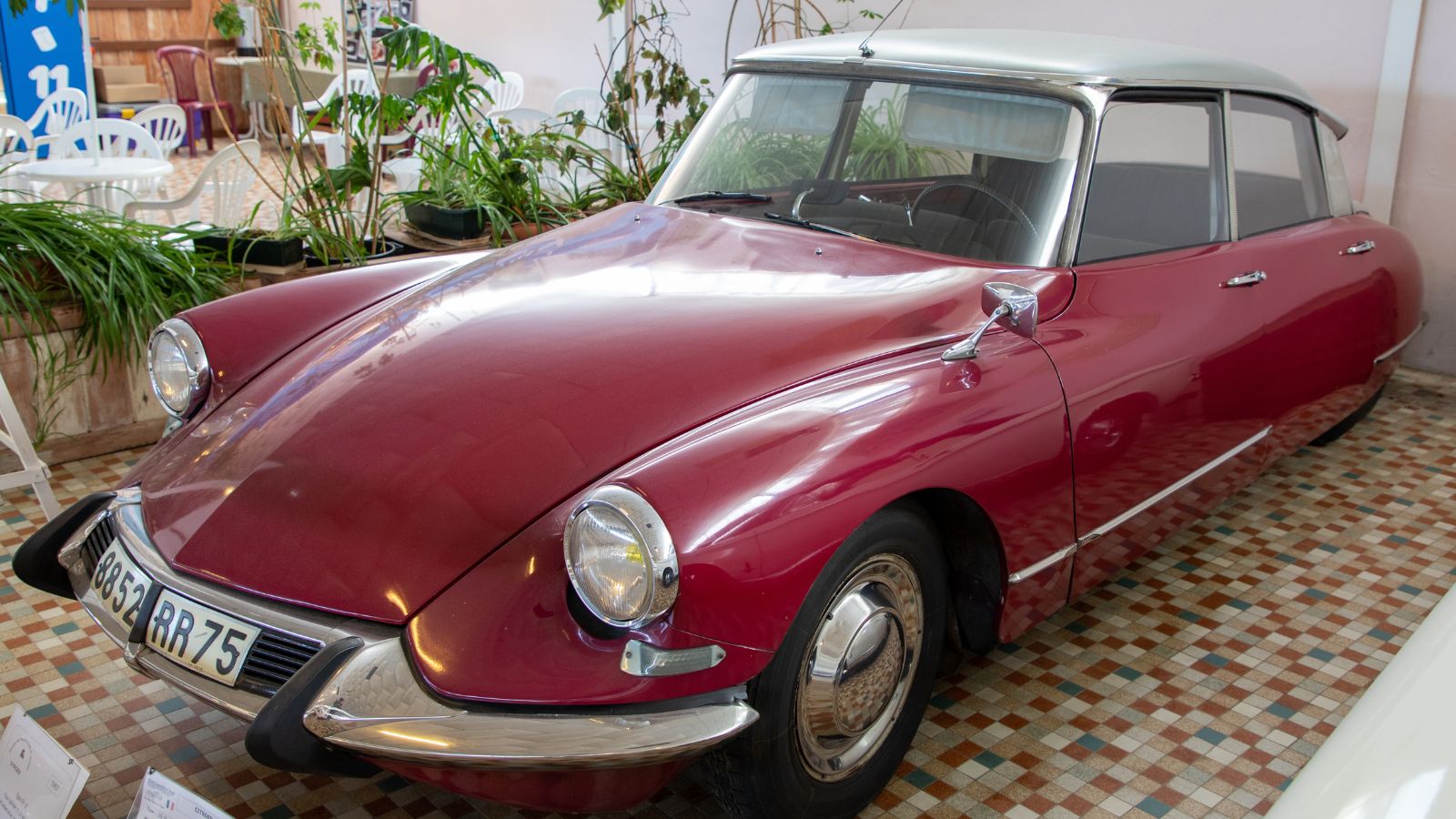
The Citroën DS might be the most futuristic car ever built. Launched in 1955, the DS looked like something that fell from outer space, and in some ways, it was. Its hydropneumatic self-leveling suspension made it glide over the road like a cloud, and it had disc brakes years before they became standard. The DS was also one of the first cars to feature power steering, a semi-automatic transmission, and headlights that swiveled with the steering wheel—talk about a visionary! But while the DS was adored in Europe, it never caught on in the U.S. or many other markets. It was too quirky, complex, and expensive for the average buyer. Its unique hydraulic system was notoriously tricky (and costly) to repair. Despite these commercial struggles, the Citroën DS has become a symbol of French innovation and design. Its groundbreaking technology laid the groundwork for the advanced suspension systems we see in luxury cars today, and its bold, aerodynamic design influenced generations of car designers.
AMC Pacer
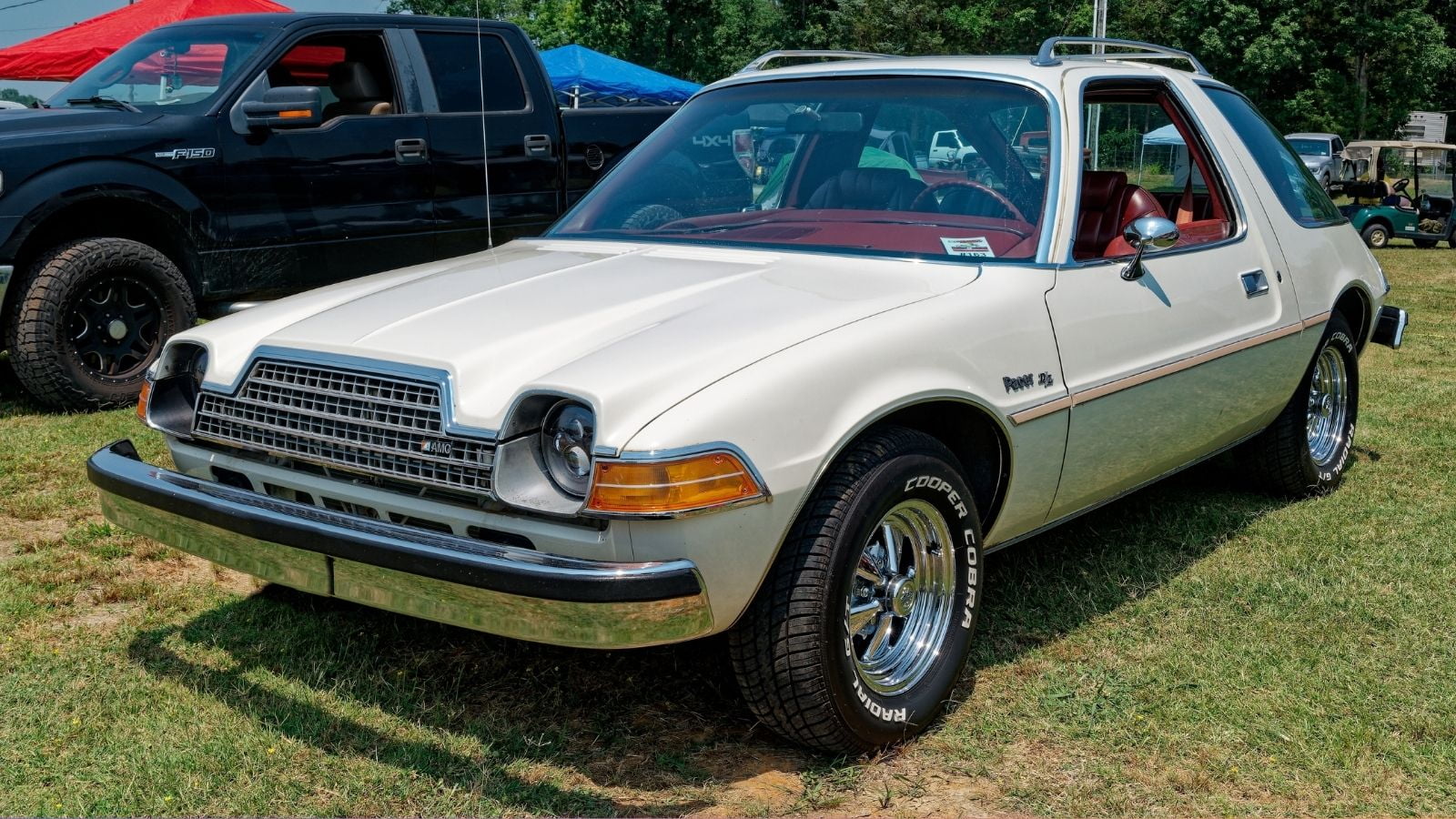
There’s no mistaking the AMC Pacer. With its massive windows and oddball proportions, the Pacer looked like a cross between a fishbowl and a spaceship. Introduced in 1975, the Pacer was AMC’s attempt to create a compact, fuel-efficient car that didn’t sacrifice interior space. Its cab-forward design maximized roominess, and its vast body made it feel more stable on the road. Unfortunately, the Pacer’s looks were too “out there” for most buyers, and its performance didn’t help either. AMC initially planned to put a rotary engine in the Pacer, but when that fell through, they settled for an underpowered inline-six that was barely adequate. While the Pacer was relatively fuel-efficient at the time, the energy crisis had buyers looking for even smaller, more frugal cars. Sales fizzled, and the Pacer was discontinued in 1979. Despite its failure, the Pacer was a trendsetter in several ways. Its emphasis on interior space and visibility influenced later car designs, particularly in the burgeoning crossover and minivan markets. It also paved the way for cars with more unconventional designs.
Ford Edsel
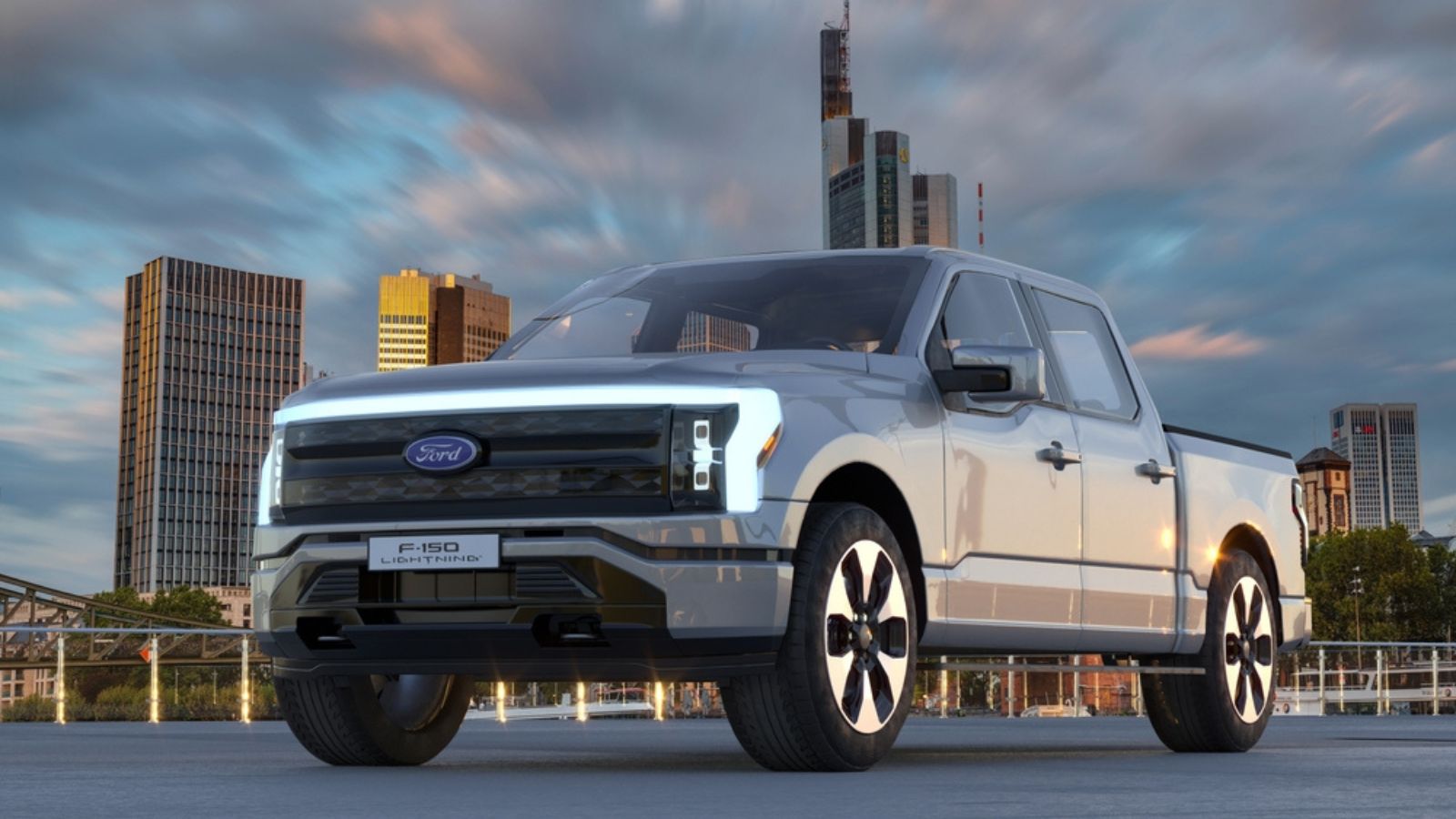
If there’s one name that’s synonymous with automotive failure, it’s the Ford Edsel. Launched in 1958 with one of the most extensive marketing campaigns ever seen, the Edsel was supposed to be Ford’s next big thing. It was positioned as a mid-range car that would bridge the gap between Ford’s more basic models and its luxury Lincoln division. The Edsel came in 18 different versions, with all sorts of innovative features like the “Teletouch” push-button transmission located in the center of the steering wheel. But the Edsel was doomed from the start. Its design, notably the infamous “horse-collar” grille, was widely ridiculed, and it launched during a recession that had buyers tightening their belts. The Edsel was also priced higher than many competitors, and its quality control issues (due to Ford rushing production) didn’t help its reputation. By 1960, the Edsel was dead. However, in retrospect, the Edsel wasn’t a bad car. Many of its features, like the push-button transmission and self-adjusting brakes, were ahead of their time. The Edsel’s failure is often cited as a lesson in marketing overreach and misreading consumer demand, but its innovations helped shape the future of automotive design and engineering.
14 Supercars Under $100K That Deliver Breathtaking Speed and Style
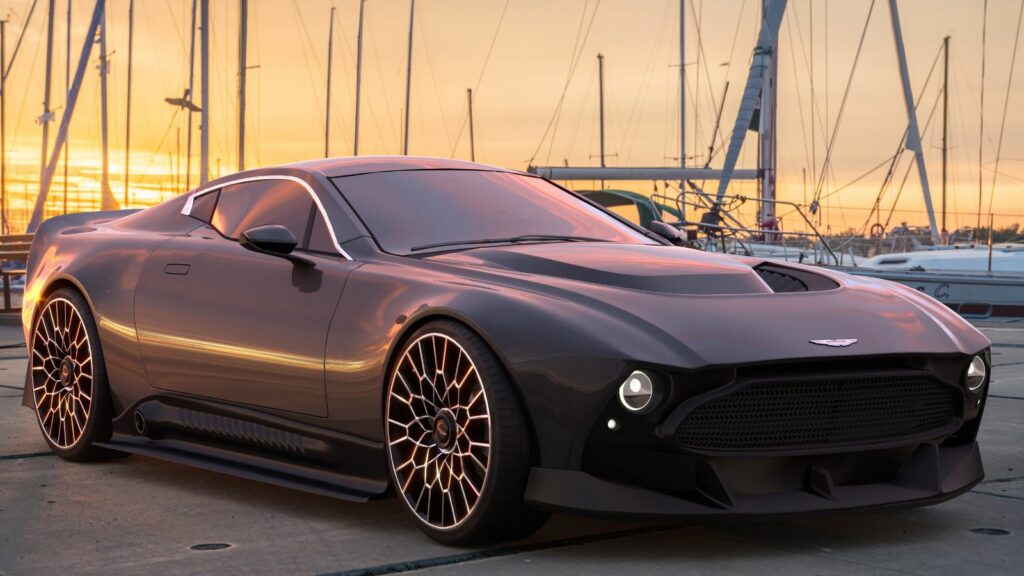
When you think of supercars, names like Ferrari, Lamborghini, and McLaren often come to mind, along with their staggering price tags. However, high-performance vehicles aren’t exclusively reserved for the super-rich. There exists a sweet spot where speed, style, and (relatively) sensible pricing converge, offering thrilling rides without completely obliterating your bank account. Hop in as we explore 14 underrated supercars under $100K.
14 Supercars Under $100K That Deliver Breathtaking Speed and Style
